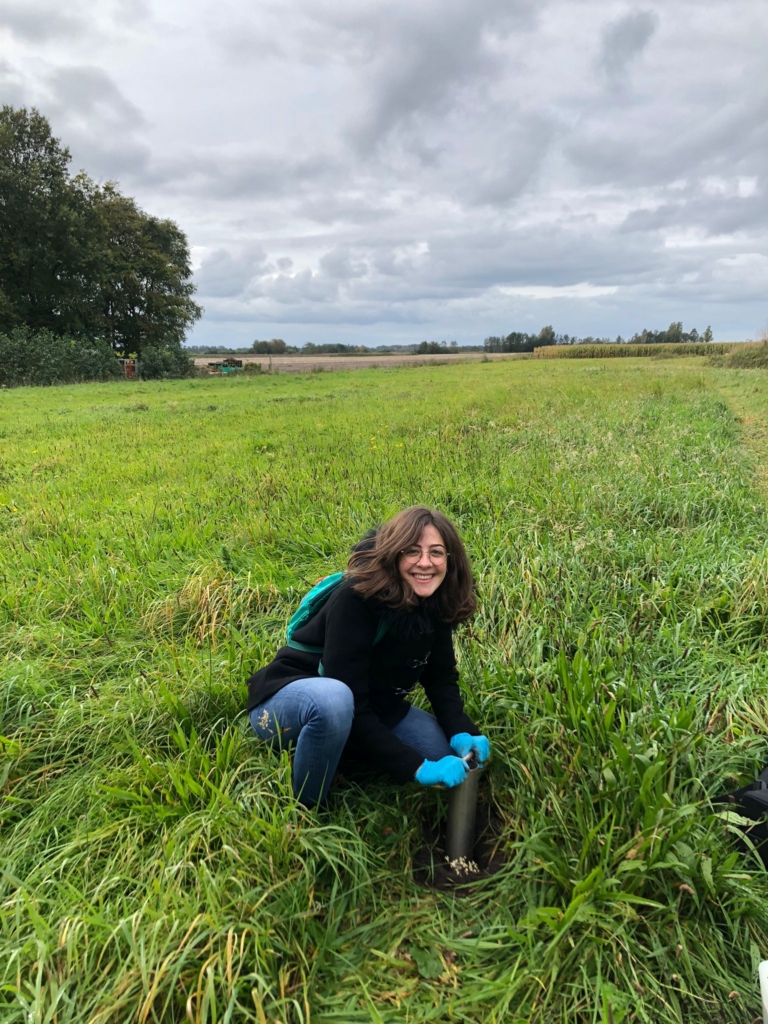A job is a job, but if you’re away from home a couple of years, you better find a place to feel at home at. For Rita Branco, that place was Wetsus. Not only did she do the hard job of earning a doctorate in the microbial world of groundwater and micropollutants, above it all, she also joined every voluntary job there is – from writing in the personnel magazine, to organizing staff activities.
The people behind the science, and the science behind the people
“It feels weird to be back here,” Rita says as she grabs a cup of tea before we start our interview. It’s like revisiting your parents’ place, after you’ve moved out. “When spending so long at a place like Wetsus, your friends become your family in some ways. And it feels like Wetsus is your home.” That feeling, is not like anything she would have expected back when she first rolled her filled suitcase across the pavements of Leeuwarden walking to her new residence. Now, the country has become home too.
Suddenly being at Wetsus on an invite in the middle of the day somewhere in a workweek, invokes a nostalgic feeling. “Me and my office mates Sophie and Mirvahid used to have an unofficial competition to see who would be in the office first. And Sophie and I would then start the day listening to 1973, a song from James Blunt,” Rita reminisces.
Today, she is here to catch up with friends that she hasn’t seen for a while, given her new place of living and isolated time spent writing a thesis. Everyone gathers to help fold a Wetsus-themed cover for her thesis, discussing memories and the upcoming defense – on Exploring Micropollutant Biodegradation for Improved Groundwater Quality.
Richness is key
It’s a summary of nearly five years of research on the use of microbes as helpers in our aquifers to break down micropollutants that reach our groundwater. The latter is of crucial importance for more than half of all the drinking water in the Netherlands. And Rita is a firm believer in the natural powers that these bacteria house.
Understanding such a complex scenario comes with careful considerations on simplifications. “We spend the first part of the research on just finding a couple of micropollutants that reflect the variety in naturally occurring compounds, while also covering other characteristics like charge and solubility,” the scientist says. Other than that, you need to account for the different layers there are underground regarding available oxygen, and the location you sample for the organisms to do your tests with.
She learned the ins and outs of which compounds break down in each underground layer. And more importantly, if a little help of natural supplements might support the microbes to further decompose micropollutants. Oxygen rich environments do the best, and although further down the bacteria do not eat up our pollutants faster, it is not a linear decrease. That is crucial to realize depending on where micropollutants are stranded. Also, the richness of the microbial community is key. The more different species live in the environment, the better they break down foreign compounds – Branco found by mimicking aquifer columns in the lab.
Right at her place
If she learned anything more over the course of her PhD, is that she’s always been fascinated by what nature can do – and still is. Now she gets to harness its power in her new job as advisor novel compounds and soil. Right at her place. Let’s just hope that her desk neighbor also likes James Blunt…
